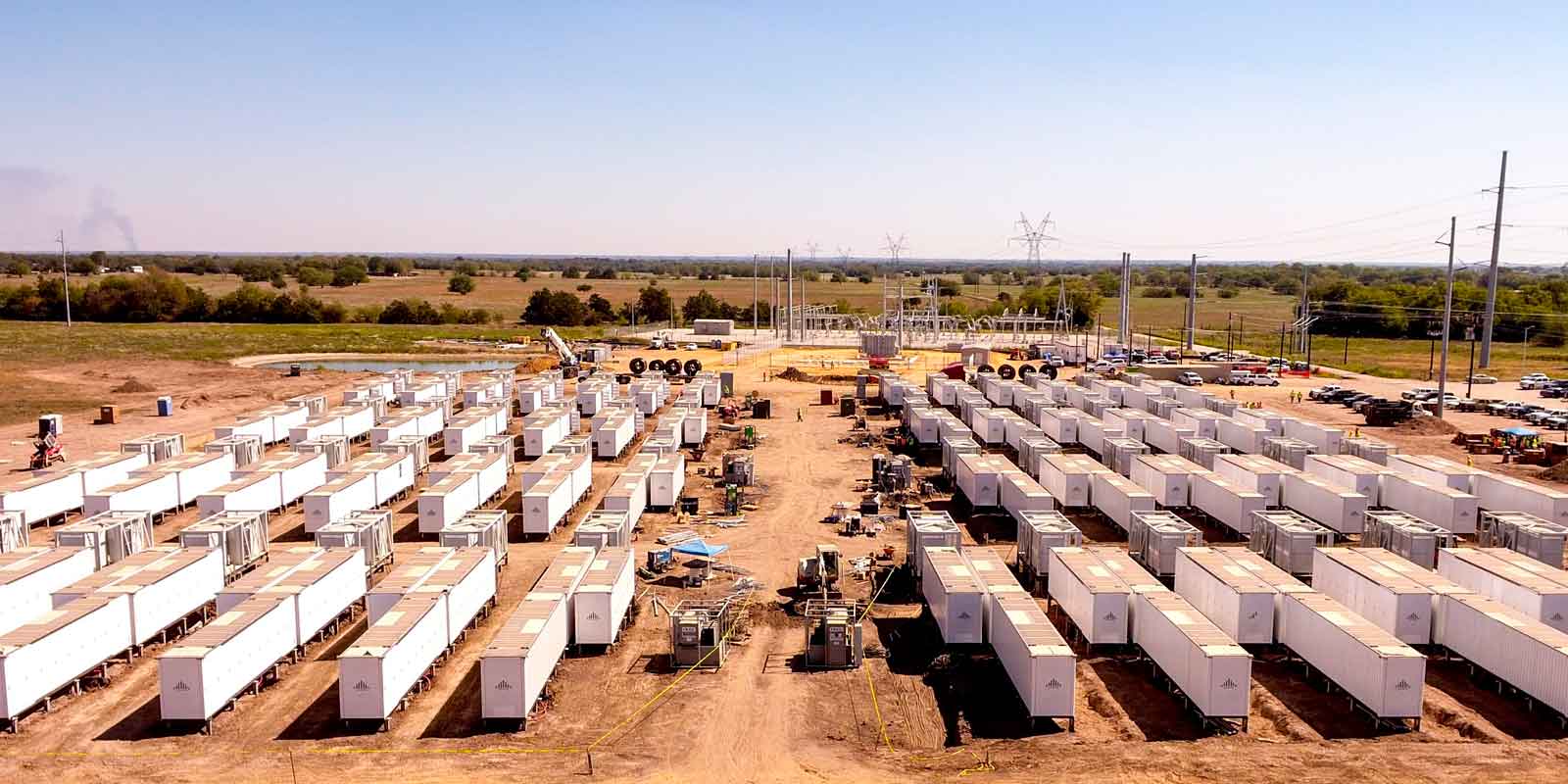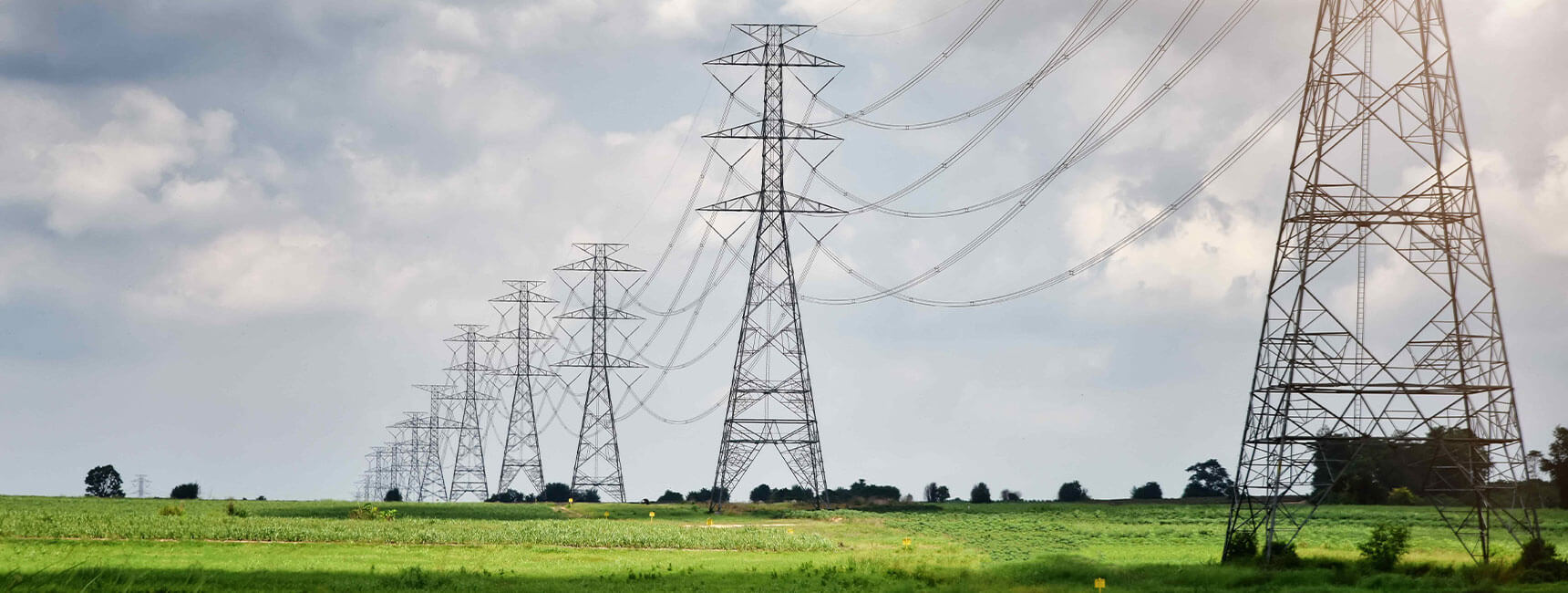In the world of energy planning, reliability is paramount. ERCOT’s rigorous performance criteria guarantee that our grid remains stable, even in challenging scenarios. These criteria encompass various contingencies and are essential for maintaining the power supply.
In the context of ERCOT (Electric Reliability Council of Texas) planning analyses, the following reliability performance criteria apply:
Normal State and Tower Outage: When all facilities are in their normal state and there’s a common tower outage with or without a single line-to-ground fault, ERCOT requires that all facilities stay within their applicable ratings, the ERCOT System remains stable without cascading or uncontrolled Islanding, and there is no non-consequential load loss.
Direct Current Tie (DC Tie) Resource or DC Tie Load Outage: Similar to the first criterion, if there’s an outage of a DC Tie Resource or DC Tie Load, the same requirements for facility ratings, system stability, and load loss apply.
Large Load Outage: In the event of a large load outage with or without a three-phase fault, ERCOT mandates that all facilities maintain their applicable ratings, and the system must stay stable without cascading or uncontrolled Islanding, with no non-consequential load loss.
Single Generating Unit Unavailability: If any single generating unit becomes unavailable, followed by manual system adjustments, and subsequent events like a common tower outage or DC Tie Resource/Load outage, the system must adhere to the same criteria as above.
High Voltage Transformer Unavailability: When a single transformer with high voltage winding operated at 300 kV or above and low voltage winding operated at 100 kV or above becomes unavailable, followed by manual system adjustments, ERCOT requires the system to meet the same reliability criteria.
DC Tie Resource or DC Tie Load Unavailability: If any single DC Tie Resource or DC Tie Load becomes unavailable, followed by manual system adjustments and other events, the system must meet the stated reliability criteria.
If any Interconnection Entity (IE) or Interconnecting Transmission Service Provider (ILLE) must meet prerequisites or complete the quarterly stability assessment on a weekend or holiday, the deadline will extend to the next business day.
Prerequisites for Large Generators in Quarterly Stability Assessment:
The IE must provide all generator data as per the Resource Registration Glossary.
Dynamic data models must be submitted 30 days before the assessment deadline.
Prerequisites for Large Loads in Quarterly Stability Assessment:
The ILLE must provide all necessary modeling data, including dynamic data models, 30 days before the assessment deadline.
Reactive power studies and system improvements must be complete.
After inclusion in a stability assessment, if ERCOT determines that a generator or Large Load no longer meets prerequisites or has made material design changes impacting system stability, ERCOT may delay synchronization or energization, but inclusion in the next assessment period is assured.
ERCOT will post a summary report of the quarterly stability assessment within ten business days.
Steady-State Model Development:
To simulate steady-state system conditions effectively, steady-state data and simulation-ready cases, known as steady-state base cases, must be maintained. Annual and seasonal base cases are developed and updated regularly, with off-cycle updates for significant changes.
Transmission Service Providers (TSPs) and ERCOT create these models based on various data elements, ensuring consistency with the Network Operations Model. These models are made available for Market Participants to use.
Modeling of Large Loads:
Large Loads not co-located with a Generation Resource are modeled by the interconnecting TSP after the execution of a binding interconnection agreement. Large Loads evaluated through the LLIS process are modeled under specific conditions.
For Large Loads co-located with an existing Generation Resource or proposed Generation Resource, modeling and conditions differ, with additional requirements such as completed LLIS and interconnection agreements.
Representation of Large Loads in the Network Operations Model:
Each Large Load is represented by a separate Load point in the ERCOT Network Operations Model, ensuring accurate representation.
Planning Data and Information:
Various planning data and information are available on the ERCOT website or MIS, classified as public or certified for specific Market Participant groups. This information encompasses long-term planning, regional transmission planning, steady-state data, resource integration, case studies, and model information.”
For more details on ERCOT’s reliability performance criteria and planning processes, visit the ERCOT website https://www.ercot.com/



